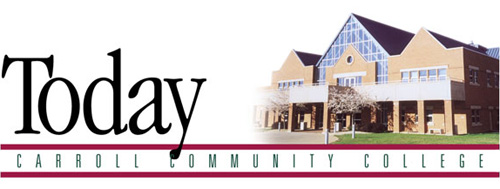
![]()
Contents
Trustees Receive Institutional Effectiveness Report
Better Freshman Year to Highlight Technology, Value
National Survey Finds Community Colleges Key in Technology Economy
![]()
Trustees Receive Institutional Effectiveness Report
The Board of Trustees, during an extended work session in January, received its first report on the college’s performance on institutional effectiveness measures adopted by the Board in July 1999. Reflecting the commitment of the Board and college president Dr. Faye Pappalardo to performance-based accountability, the college has implemented a comprehensive program of data-based assessment covering seven domains: access and opportunity; student development and learning; baccalaureate preparation; workforce development; the teaching and learning environment; community enrichment and lifelong learning; and resource development, allocation, and use.
The 72 institutional effectiveness assessment measures were developed by the college’s Planning Advisory Council between January and April 1999. The Council, including representatives from the Board, faculty, administration, support staff, and students, divided into small work teams to develop the indicators for measuring attainment of the college’s mission and long-term goals. Forty-two of the measures were designated “core indicators” to signify their importance and intended inclusion in future public accountability reports. Thirty supplemental indicators were also recommended to inform college decisionmaking processes. The Board of Trustees adopted the measures as part of a broader program of Institutional Effectiveness Assessment on July 21, 1999. The broader program includes directing the college to pursue a rigorous institutional research effort to document student achievement and determine correlates of student success.
The January presentation and discussion with the Board of Trustees comprised a status report on the Institutional Effectiveness Assessment program. Trend and peer-college data were provided for 19 of the core indicators. Progress on the development of data definitions and collection procedures was reviewed. The role of assessment within the strategic planning process was described. Board members received copies of the college’s Strategic Compass Planning Guide, a loose-leaf notebook containing, in addition to the performance indicators, statements of the college’s mission, vision, purposes, values, planning assumptions, and strategic initiatives. Summaries of internal self-study reports and environmental scanning findings were also included.
The Board reaffirmed its commitment to information-based planning, assessment, and accountability. As the data systems get further developed and the performance indicators more fully available, assessment results will be routinely and widely shared.

![]()